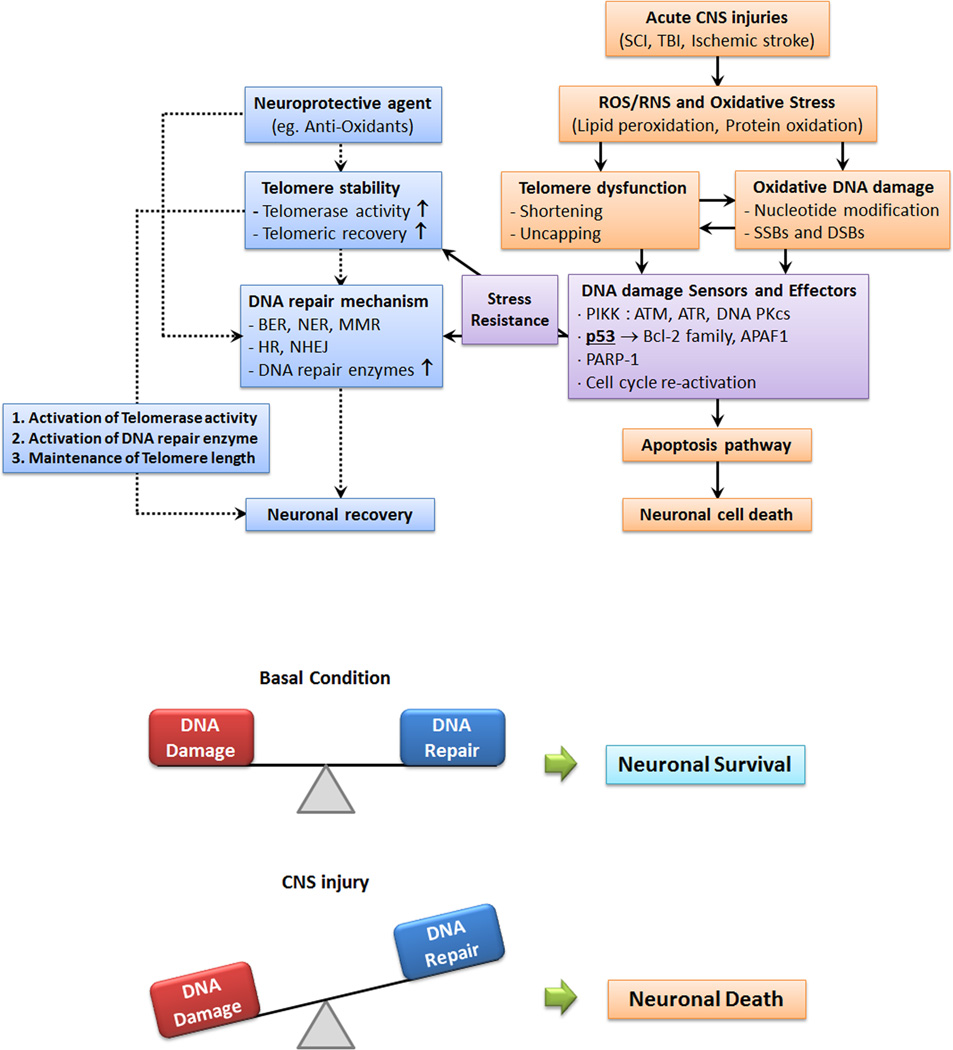Figure 1. Mechanisms linking oxidative stress, DNA damage/repair, and telomere dysfunction in CNS injury.
Oxidative stress results in the accumulation of cellular ROS/RNS which in turn leads to DNA damage, lipid peroxidation, and protein oxidation, in neuronal cells. As a result of DNA damage and associated telomere dysfunction, a number of downstream signaling cascades are activated that may determine cellular fate. Induction of appropriate DNA repair systems may reverse oxidative modifications and promote neuronal survival. However, when oxidative DNA damage overwhelms repair systems, cell cycle reentry and p53 may initiate neuronal apoptosis. Neuroprotective agents may act a number of points in the proposed pathway (including ROS/RNS production, telomerase expression/activity, etc.) to prevent neuronal loss in the context of acute neurodegeneration.

